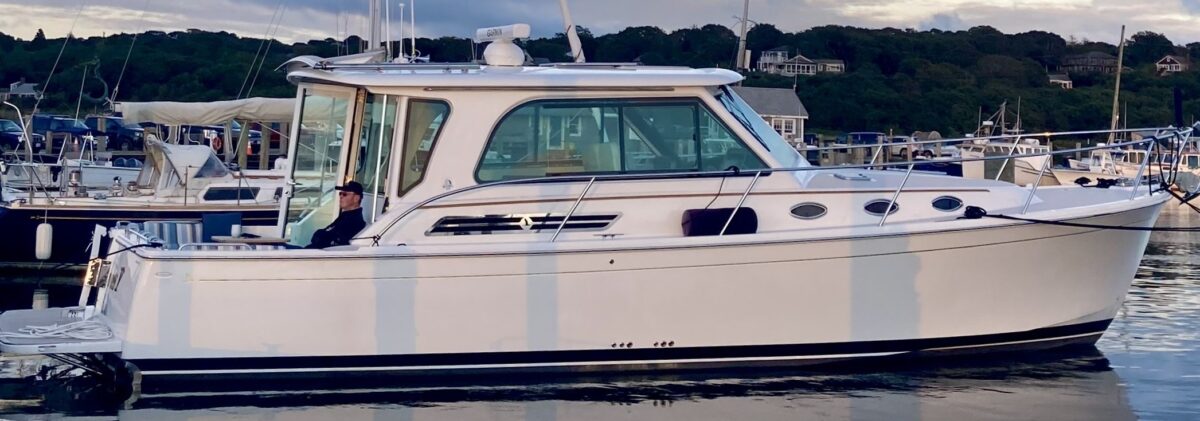We anchor out a lot and I hate running the genset so anything I can do to reduce our power requirements is of interest to me. The first step in reducing power is determining where the power is going. One can get an approximate measure of power draw by watching the panel and turning devices on and off. That works OK for lights and pumps, etc, but it gets a little more difficult for refrigeration systems that cycle on and off.
A more accurate approach to measuring current draw is to install a plug-in meter between the outlet and the appliance. Some of the meters available to consumers are pretty sophisticated, allowing for the download of data to a computer for analysis. But if you cannot easily reach an AC outlet, or the system you want to monitor is hard-wired, be it AC or DC, then the options for monitoring consumption over extended time periods are fewer.
. Our fridge and freezer are stand-alone AC powered Sub-Zero drawer systems. They are installed such that the wiring is inaccessible. So I went off in search of a device that could record current draw by accessing the wiring within the electrical panel. I found a device at EKM Metering, which supplies commercial grade systems to industry. Overkill for my little project but all I could find.

I wired this device into my electrical panel. The first time I did it for the fridge and it took my two hours. The instructions are fine but written for an electrician, which I am not. When I did it again for the freezer it only took 15 minutes. The device, peripherals and software costs about $300. It connects to a laptop via USB and provides real time monitoring to whatever level of detail you select. Below is a screen shot of the real-time data showing the power draw as the freezer cycles on and off.

The data can be downloaded to excel for analysis. I ran the system for 24 hours for the fridge and again for the freezer.

Here is a portion of the data available from the device. I captured a reading every 60 seconds. To analyze the data I used the number of minutes the system was running and the amp draw while running.

Both compressors cycle on every 15-20 minutes and run for 12-15 minutes. The freezer runs more often and draws a little more when it does run. I was pleasantly surprised that they drew as little power as they did, at least when it is cool outside. I will run the test again in the Bahamas where the temperatures are in the low 80’s.
At anchor in the Bahamas we consume approximately 250 amps per day. Of that, the combined draw of the fridge and freezer accounts for 38 amps (measured here in cool RI). My guess is, in the Bahamas the fridge/freezer draw will be double that or 76A. If that is close, then I will have to figure out where all the other current is flowing.


You must be logged in to post a comment.